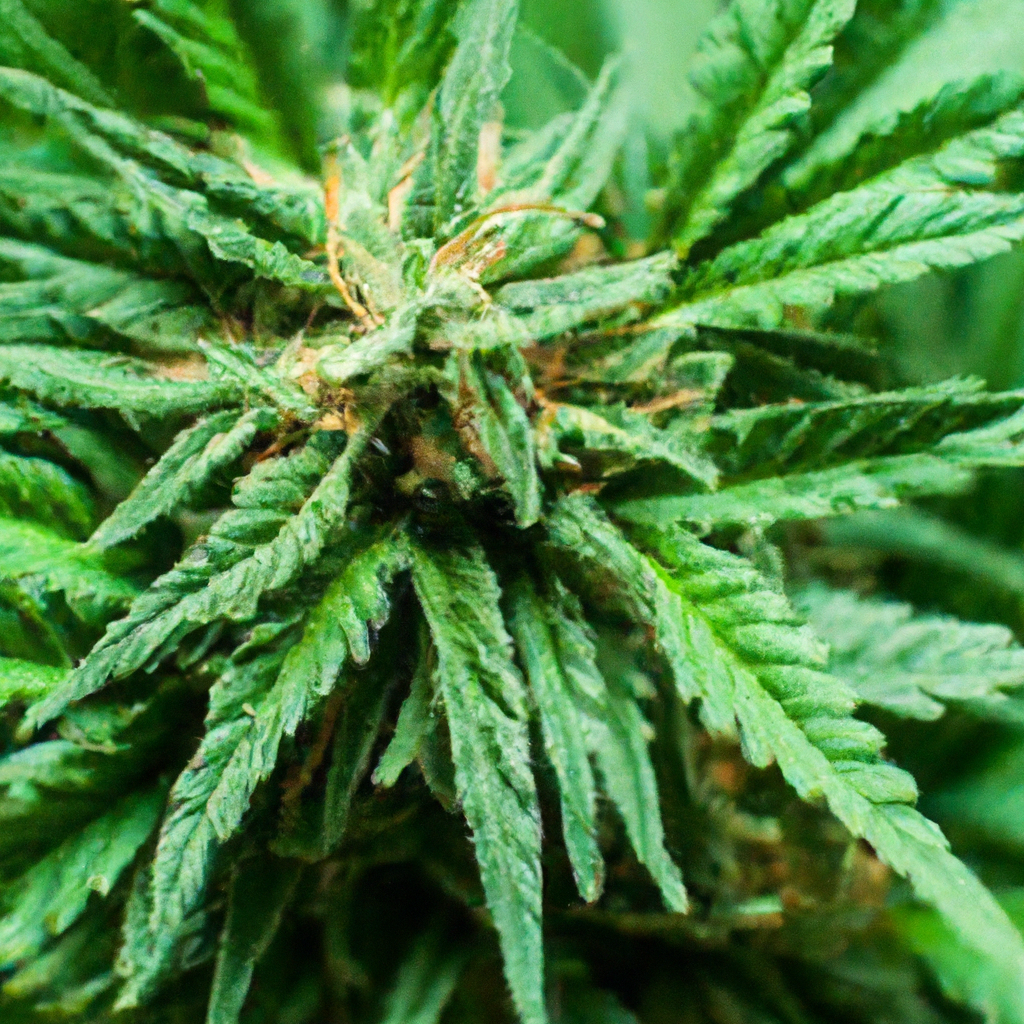by John “Magic” Greenleaf – Growing greatness, one strain at a time.
Introduction
Are you looking to boost your cannabis yields and potency? Strategic stress training techniques could be your golden ticket. These methods, often utilized by experienced growers, involve inducing controlled stress to your cannabis plants, encouraging them to adapt and increase their resilience, yields, and quality. In this post, we’ll explore various stress training techniques, their benefits, and how you can apply them effectively.
Understanding Stress Training: The Basics
Stress training involves techniques that apply slight, controlled stress to cannabis plants. This stress prompts plants to adapt by redirecting their energy into enhancing their robustness and yield potential. Here’s a closer look at the three primary types of stress training:
- LST (Low-Stress Training): A gentle way to manipulate plant shape, ensuring even light distribution and boosting bud development.
- HST (High-Stress Training): Includes techniques like topping, fimming, and super cropping that involve more aggressive manipulation to control growth patterns.
- Defoliation: The strategic removal of leaves to allow better light penetration and air circulation to lower plant levels.
Implementing Low-Stress Training (LST)
LST is a fantastic starting point for beginners looking to optimize their grow space without the risk of serious plant damage. Here’s a step-by-step guide:
- Select a branch: Gently bend it down using plant ties to open up growth areas.
- Secure it: Use soft ties to hold branches in their desired positions, tying them to the pot or another stable anchor point.
- Repeat and monitor: As the plant grows, continue bending new growth to maintain an even canopy and maximize light exposure.
Mastering High-Stress Techniques for Boosted Yields
For the more adventurous grower, high-stress techniques might be the way to go. Here’s how to utilize them effectively:
- Topping: Cut the topmost part of a plant to encourage bushier growth and multiple main colas.
- Fimming: Similar to topping, but involves trimming a smaller portion of the apex which can result in more colas.
- Super Cropping: Gently pinch and bend branches to disrupt growth patterns and enhance light exposure uniformly.
Note: Allow adequate recovery time post-stress and continually monitor your plants for signs of stress distress.
Conclusion
Strategic stress training can enhance yield, potency, and overall plant health. Whether you’re going for low or high-stress methods, the goal remains the same: maximize light exposure, promote healthy and robust growth, and ultimately, green your thumb even more. Remember, as I often say: “Healthy roots, healthy buds, happy harvests.” Now, get out there and let your plants teach you as you nurture them!


Leave a Reply